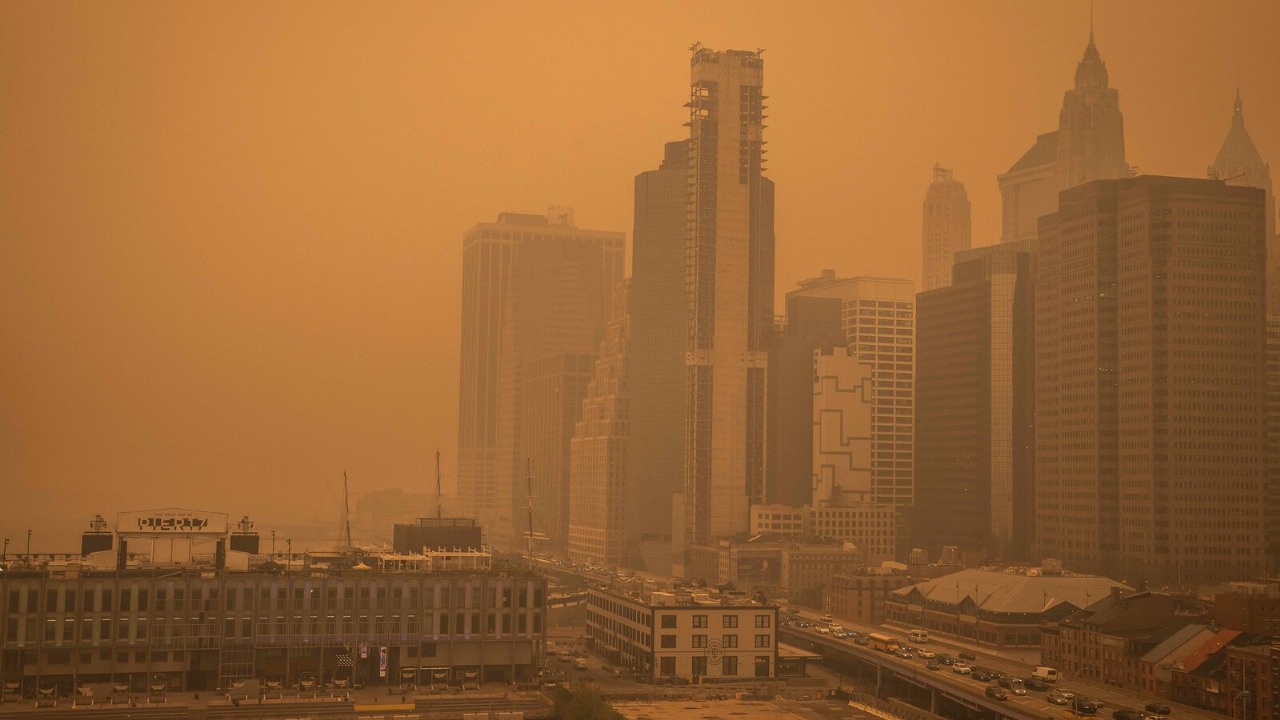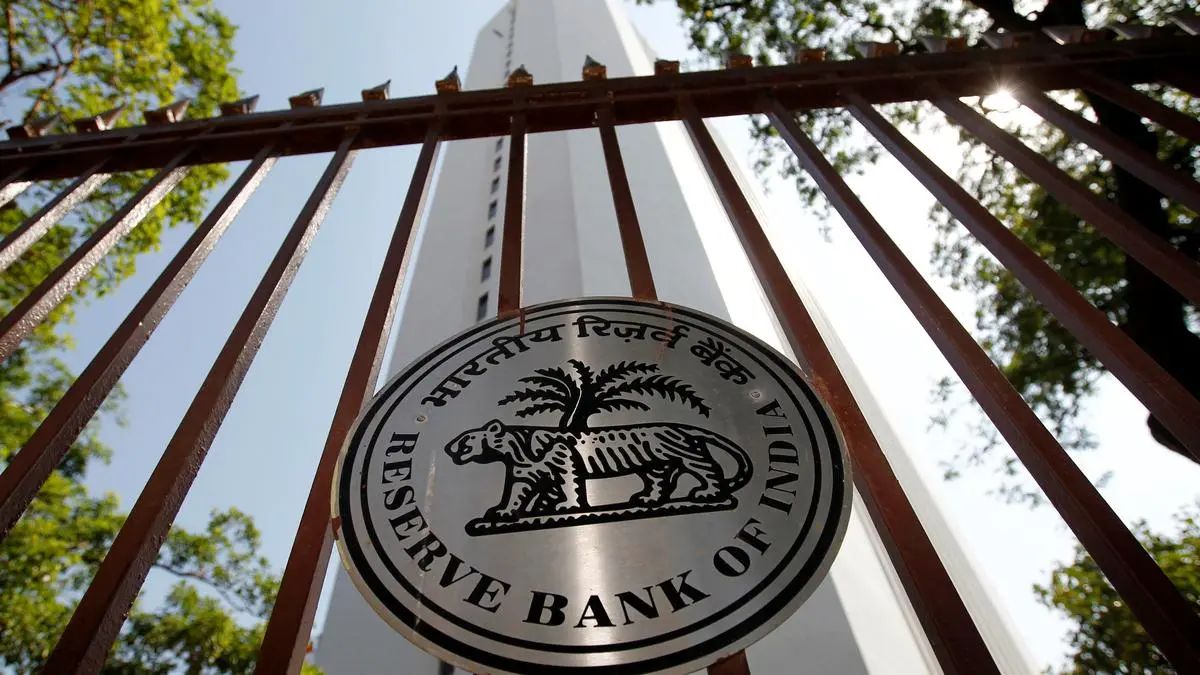
Follow WOWNEWS 24x7 on:
Updated: May 31, 2025 15:40

A groundbreaking study led by researchers at the Bose Institute in Kolkata has revealed that air pollution toxicity increases sharply beyond a certain threshold, challenging conventional air quality index (AQI) assessments. The research, conducted over a long-term period, emphasizes the need to consider toxicity levels alongside pollutant concentration when evaluating air pollution’s impact on human health.
Key Findings from the Study
- The ability of PM2.5 pollutants to damage human cells rises significantly once concentration levels exceed 70 micrograms per cubic meter.
- Toxicity continues to escalate until concentrations reach approximately 130 micrograms per cubic meter, after which the damage potential stabilizes.
- The study highlights that while lower concentrations of PM2.5 are harmful, the body’s defense mechanisms can manage the effects up to a certain threshold.
Understanding Toxicity and Its Health Implications
- When pollutants are inhaled, the immune system releases Reactive Oxygen Species (ROS) to neutralize foreign substances.
- Excessive ROS production leads to oxidative stress, overwhelming the body’s natural antioxidant defenses and causing cellular damage.
- The research underscores that toxicity levels, rather than just pollutant concentration, should be factored into air quality assessments.
Policy Considerations and Future Research
- The findings suggest that AQI metrics should incorporate toxicity indicators to provide a more accurate representation of health risks.
- Policymakers may need to revise air pollution standards to reflect the study’s insights on toxicity thresholds.
- Further research is expected to explore how different cities experience variations in pollution toxicity based on environmental and climatic factors.
Source: Indian Express, Bose Institute, Science of the Total Environment.




